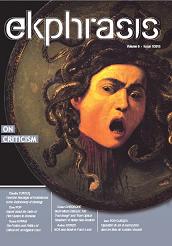

In the unusual warp of dreams and reality which You have enriched the world of Romanian and European theatre with, one can see, even from Your early stage productions, the constancy of a guiding thought expressed many years ago in a commentary upon Camil Petrescu’a aesthetic – as, when writing about Camil, the newly-graduate of Bucharest Institute of Theatre and Film, David Esrig, was also writing about himself, in lines proving his confraternity in the inclination towards absolute itself.
More...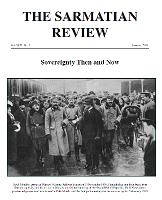
Comments on No. 4 (111), April 2010 (Topic: Katyƒ). Warsaw: Institute of National Remembrance (<http://www.ipn.gov.pl/>www.ipn.gov.pl). ISSN1641 – 9561. In Polish.
More...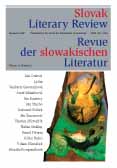

Márius Kopcsay, Zbytočný život (Useless Life), Levice, LCA Publishers Group, 2006
More...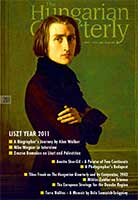
The title of Miklós Gulyás’s 2007 album is Hon, Magyarország keresése, or Home: In Search of Hungary. The subtitle is telling and gives an apt summary of what is characteristic of Gulyás’s entire career as a photographer. All of his portfolios have been produced in Hungary,1 and the captions of most of the photos show simply the place and the year in which they were taken. Yet I would venture to say that he could have taken them anywhere and the results would have been essentially the same, for the visible world is merely one of their components, ultimately of far less importance than the personal world of the photographer. The photographs show real scenes in real, everyday settings, they are “maps” of reality. Almost nothing is manipulated. Gulyás did not arrange the persons included, nor did he remove or add objects. He photographed everything as it was. Still, it is the magic of photography that the elements of the visible world, liberated from their original spatial and temporal interdependencies, can be made to serve an entirely new message. This only functions, however, if the photographer is deliberate and systematic in his work and able to decide in a split second what to include, what angle to employ and how to assemble the individual images to form a series. Gulyás’s pictures are superb examples of this magical process. They are authentic, objective snapshots in the traditional sense of the term, moments captured in their immediacy, with elements that seem incidental, yet are part of a carefully considered creative concept.
More...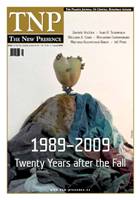
The speed with which institutional modernization set former Soviet states on a path towards democracy as well as “to Europe” was historically unprecedented.
More...Keywords: Principia; Philosophical Writings; Opticks
When Newton is referring to his works, he usually speaks about “my Philosophy.” The reader who opens the third edition of the Principia is announced on the first page that he will learn about “Newtoni Principia Philosophiæ.” Moreover, eighteenth-century expositions of the Newtonian achievements – whether by Henry Pemberton, Colin MacLaurin or Voltaire – are always claiming to present “Newton’s Philosophy.”1 In those days, a title like Newton as Philosopher would have made little sense, since it was obvious that he was one, and not so obvious what else he could have been.
More...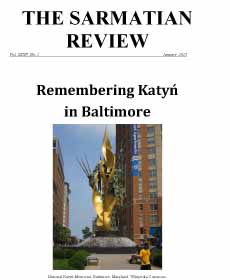
A. M. Fredro disappeared from school textbooks and university courses––and therefore from social memory––in Poland under partitions and in Soviet-occupied Poland (1945–1989). He theorized the modern Polish state and wrote on personal morality, counseling Poles on how to win and how to be virtuous. He disliked tyranny of the mob and tyranny of kings. He was an enthusiast of the republican form of government, similar to what the Founding Fathers originally envisaged for the United States. He made mistakes, but he also exemplified the vigor and wisdom of public debates in seventeenthcentury Poland. The following excerpts have been translated from Latin into Polish, and then from Polish into English. The Polish text can be found in Zbigniew Ogonowski, editor, 700 lat myśli polskiej, Warsaw: PWN, 1979, pp. 317–322, 338–339.
More...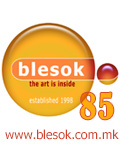
(Ivan Djeparoski, The Abduction of Europe, Skopje: Dijalog, 2012)
More...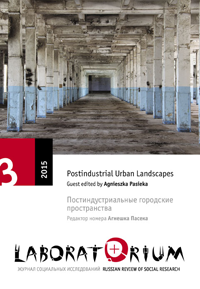
Keywords: The Great War; Russia; Historical Memory; Literature; Films; Museums; Diaries;
Review of: Jason R. Morton - Karen Petrone. The Great War in Russian Memory. Bloomington: Indiana University Press, 2011. 408 pp. ISBN 978-0-253-35617-8.
More...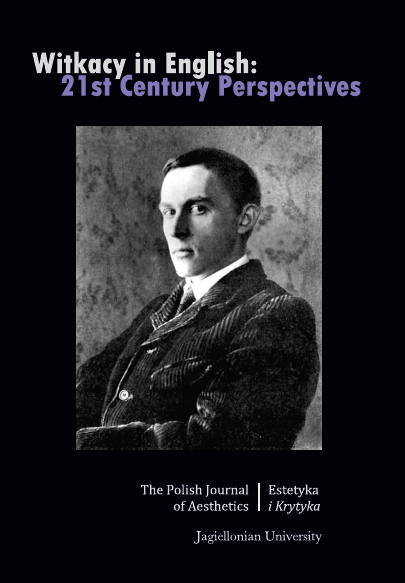
Many researchers of Witkacy’s oeuvre alert us to the strong presence of ‘dandyism’ both in his literary work and in his biography. The classification of ‘dandyism’ is significant, however, for his entire work including his art. It should be recalled that ‘dandyism’ is not only seen as an exaggerated concern with appearance but also an attitude expressed in a certain individuality of style, eccentricity, nonchalance and skepticism. This paper analyzes the self-discrediting strategy in Witkacy’s work, first described by Grzegorz Grochowski. It draws attention to the way in which Witkacy assumes various roles that usually have controversial cultural connotations. These include feminine self-stylization, the role of megalomaniac, snob, or amateur. The intention of the contribution is to explore the ways in which this self-discrediting strategy has been articulated in self-portraits.
More...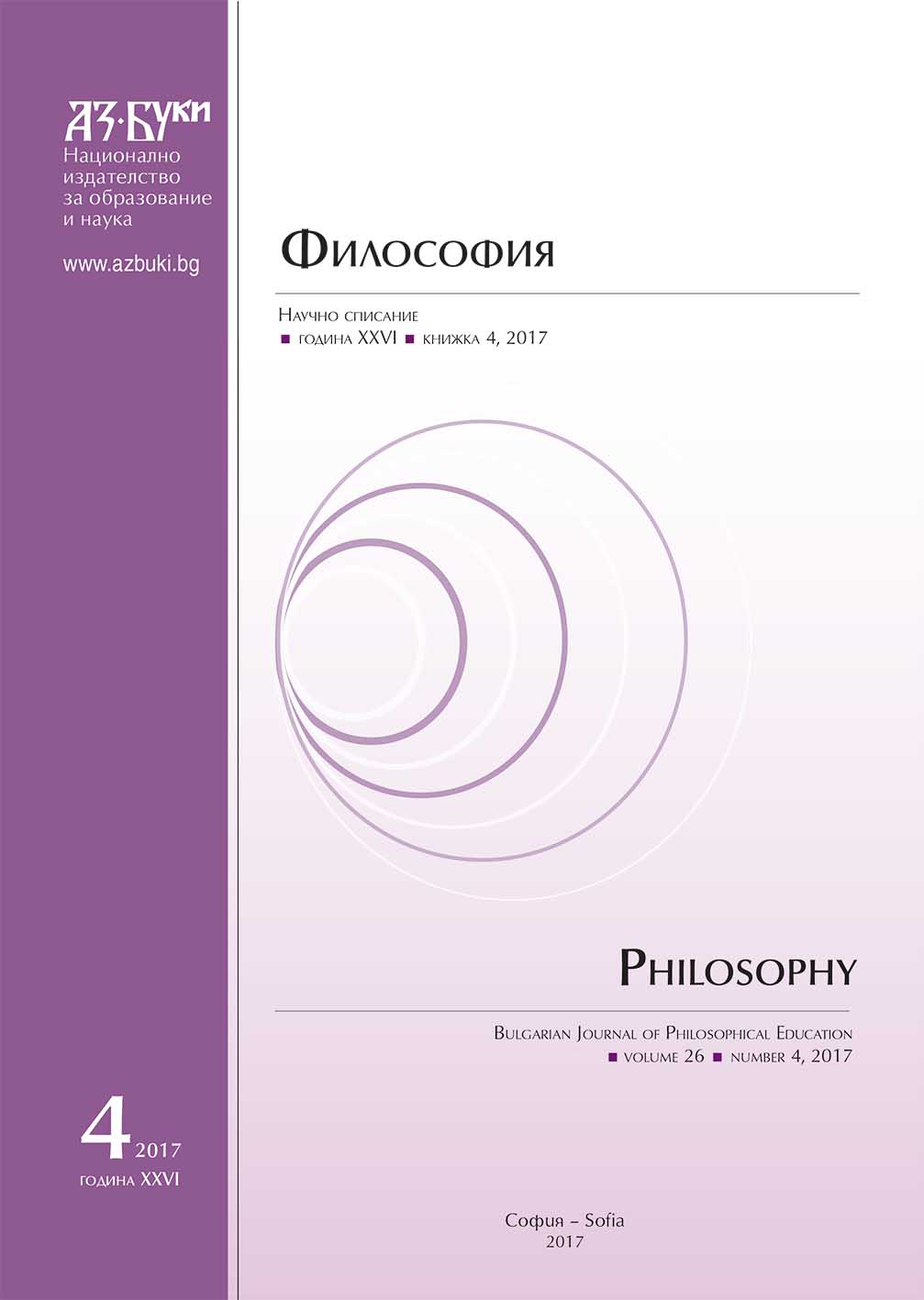
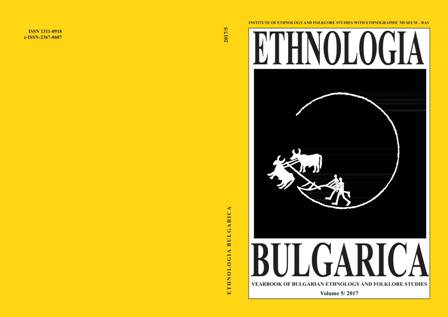
Keywords: cinema;Bulgarian culture;communism;
The article examines various interpretations of folklore elements in Bulgarian animatedcinema as well as authors’ personal generalizations about main features of theBulgarian national character and ethos in the period from the late 1940s to these days.In the 1960s, the process, which has begun in the framework of ideological censorship,Bulgarian folklore tradition included, quickly transformed into satirical film model aiming its criticism at the Bulgarian national character. This model was based on the unconventional visual representation of folklore through the modern graphics and caricature, through the grotesque and decorative drawing. The next stage of the transformation of mythological and legendary subjects in the 1980s was related to radical neo-vanguard practices in Bulgarian animated cinema, which compared Bulgarian tradition to foreign cultures and ideas on a global scale and in a wide range– from the direct parallels in art to the psychoanalytical interpretations visualized insurrealistic stylistics.After the fall of the Berlin Wall in 1989, all aspects of Bulgarian culture experienced a crisis – institutional, financial, and artistic. One could expect that the abolishment of ideological sanctions would push artists to openly revive topics that were forbidden until then, to interpret plots from folklore that had been unacceptable until that moment, or at least would prompt a new understanding of the meaning of the national character, broadening the worldview from the 1980s. Unfortunately, nothing of the sort occurred.
More...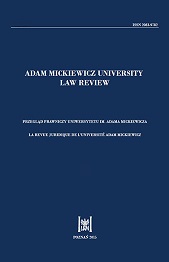
Keywords: freedom of speech; terrorism; anti-terrorism; international law; human rights;
The essay presents freedom of speech from the perspective of international law regulations. The phenomenon of terrorism is one of the most asymmetrical, amorphous and hybrid threats to international security and human rights. The author discusses freedom of speech in the context of anti-terrorism measures. Freedom of speech is a legal and axiological framework of democratic society. The media constitute an important source of information about social pathologies and threats. Terrorists use the media to depreciate the law and the state, and to generate chronic fear in society. The essay stresses the fact that a rational and informed approach to human rights should serve as a reference point for anti-terrorism. However, one cannot limit individual freedom in an arbitrary way. Public discourse helps reach an objective perception. This prevents the creation of a multiplied image, pseudo-reality and “double standards” for freedom of speech.
More...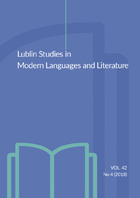
Keywords: cotext/context; phraseological deconstruction; referentiality; indexicality;
We propose to question the role of the cotext and/or the context in phraseology, especially in the context of syntactic and semantic deconstruction. The interpretation of these deconstructed phraseologisms reveals the part of the cotext factors and those of the context that interact with the modified phraseological unit to make sense.
More...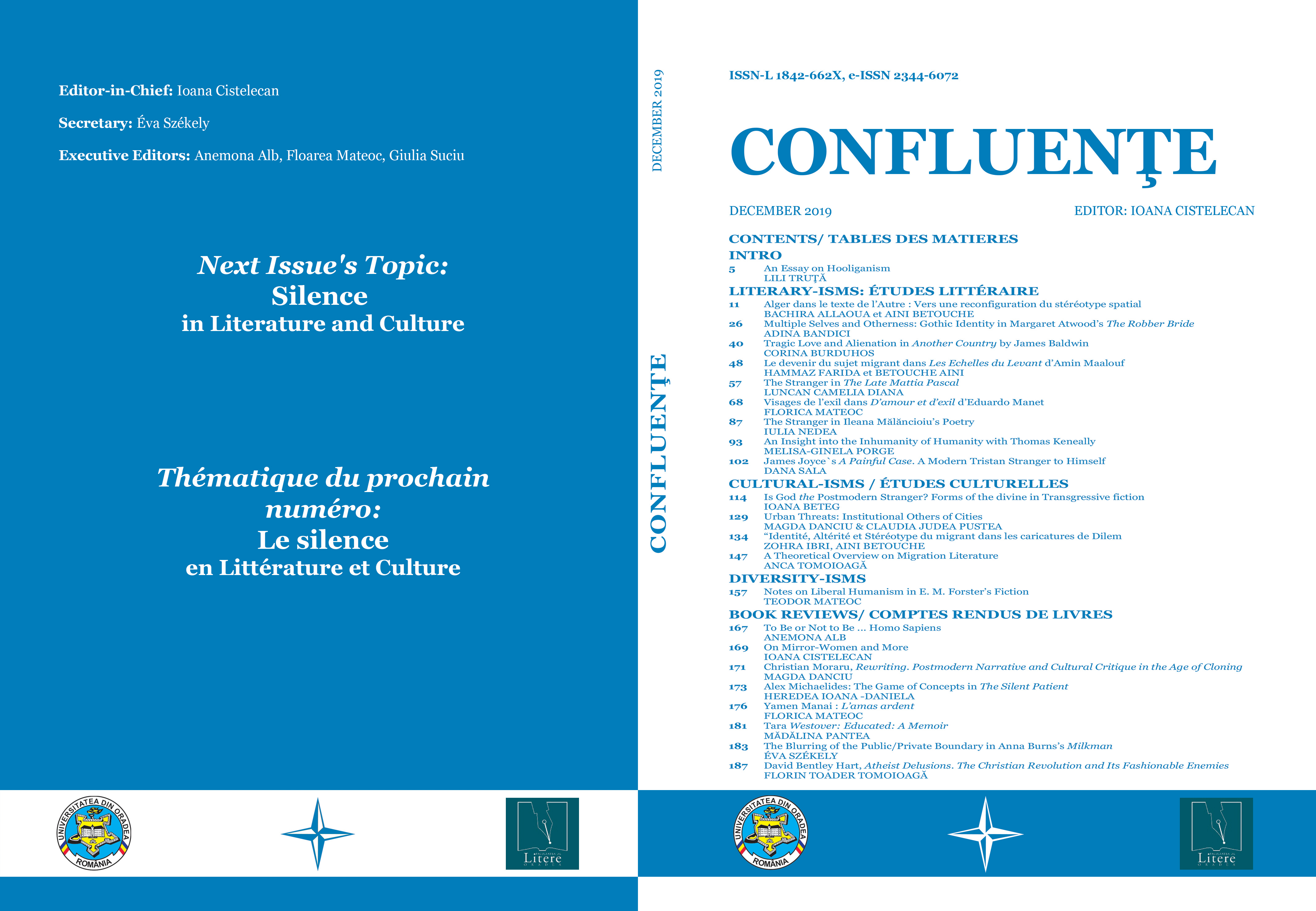
Keywords: migrant; altérité; sémiotique; identité; stéréotype;
La migration est l’objet de nombreuses recherches et discours faisant ressortir tantôt une image négative, tantôt une image pathétique du migrant. Dans notre étude, nous nous intéresserons à la figuration du migrant dans les caricatures de DILEM, figuration recourant aux concepts de la sémiotique et de l’argumentation. Nous nous intéresserons au migrant tel qu’il est représenté par les dessins humoristiques. Au-delà du sens satirique, notre intérêt s’accorde également à l’adéquation existante entre le monde du réel et l’univers du discours. Il est à signaler d’ores et déjà qu’une image négative lui est souvent attribuée.
More...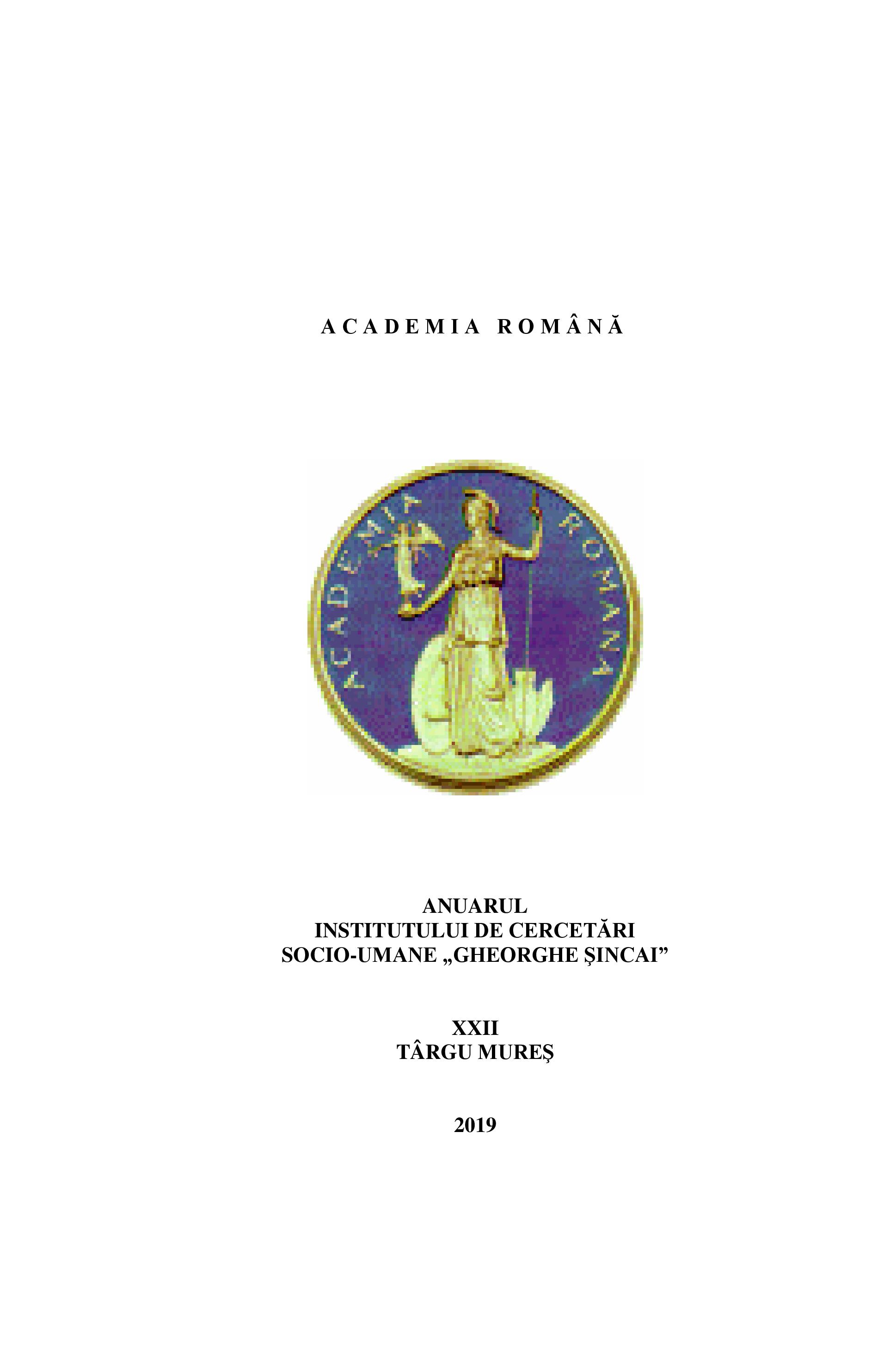
Keywords: globalism; globalization; culture; capitalism; commodity; consumption;
At first sight, culture and globalism seem to be antagonistic. Globalism seems to be governed by the commercial ideology of commodity and consumption, while the vital ideology of culture breathes through all its pores the chimera of uniqueness. That does not mean that they live in immaculately and precisely delimited environments. There are countless areas of confluence, areas of mutual contamination, where are generated different types of popular culture, mass culture in the broad sense, intelligent consumerism, artistic consumerism, and so on. This does not mean that they must be eliminated one through the other, they represent only two extreme dimensions of human life.
More...